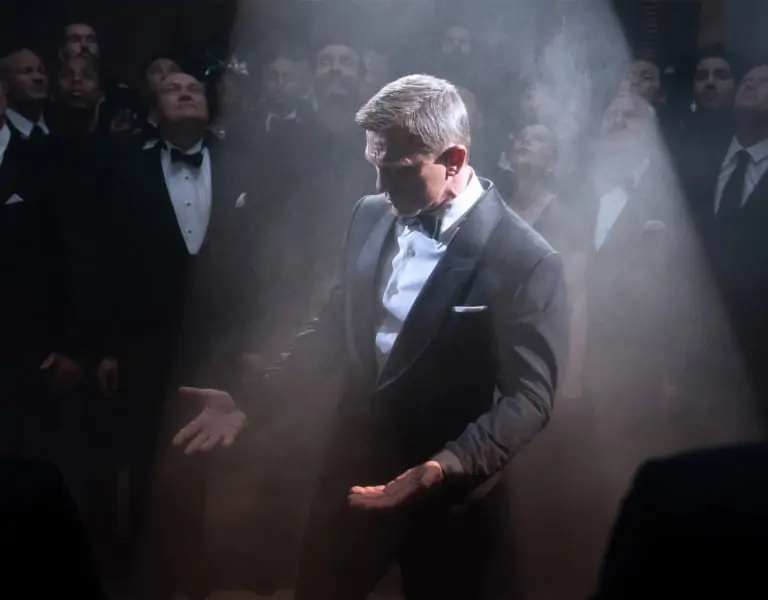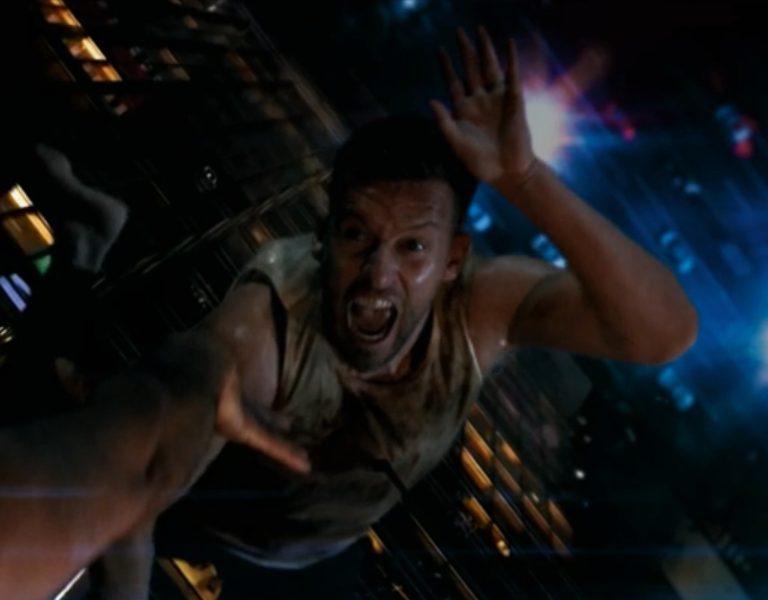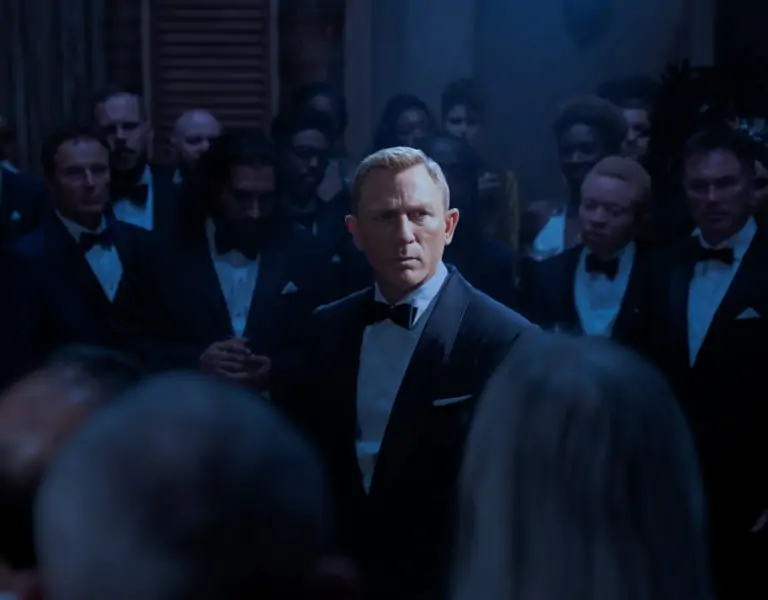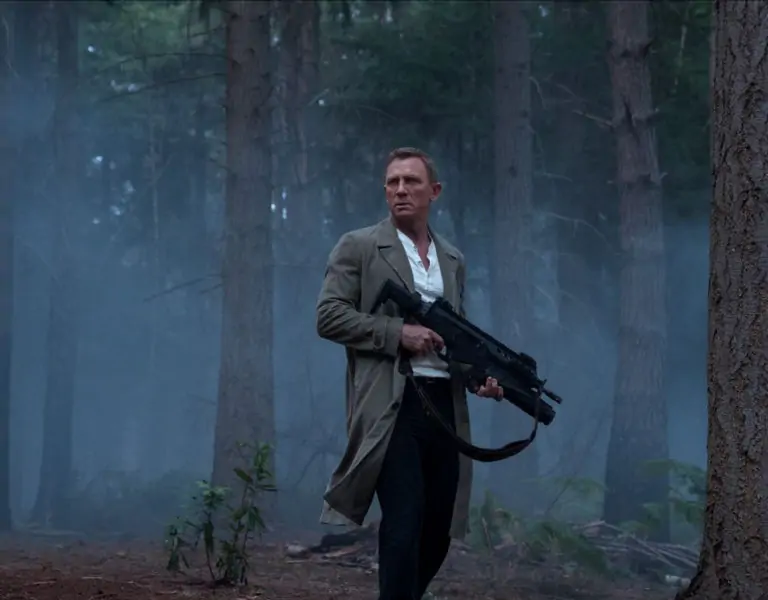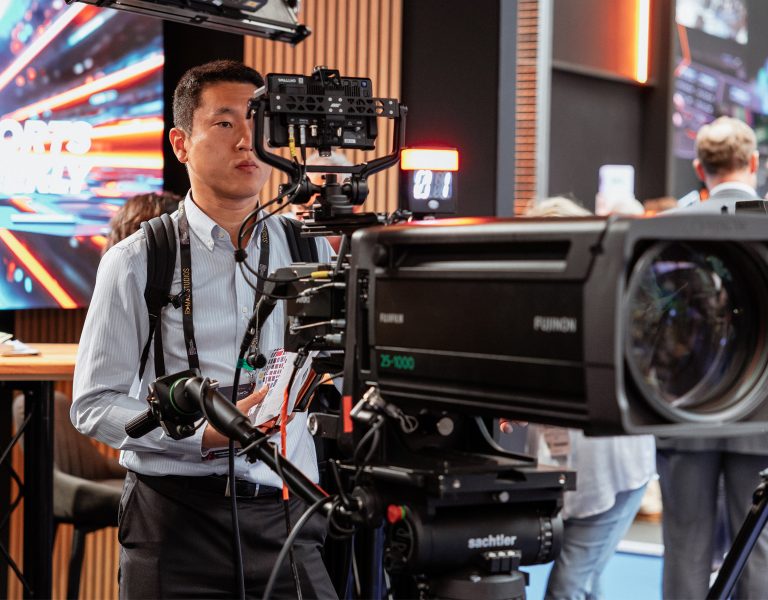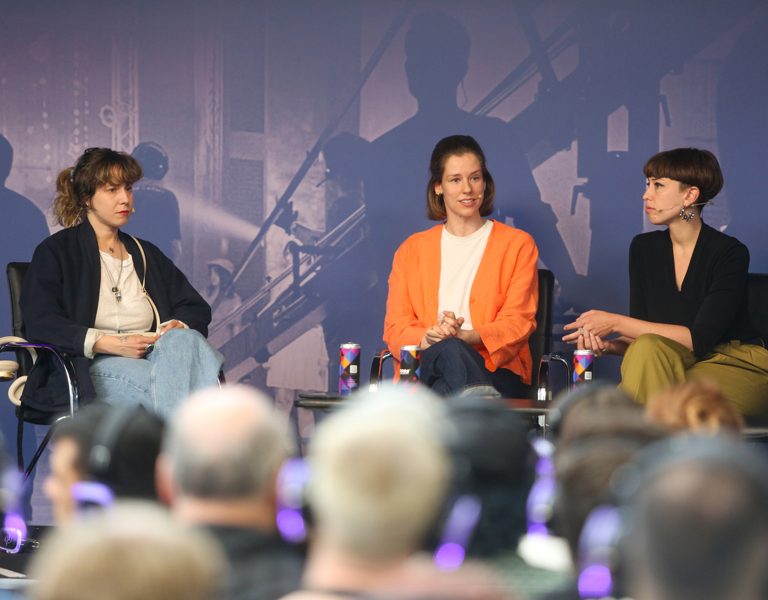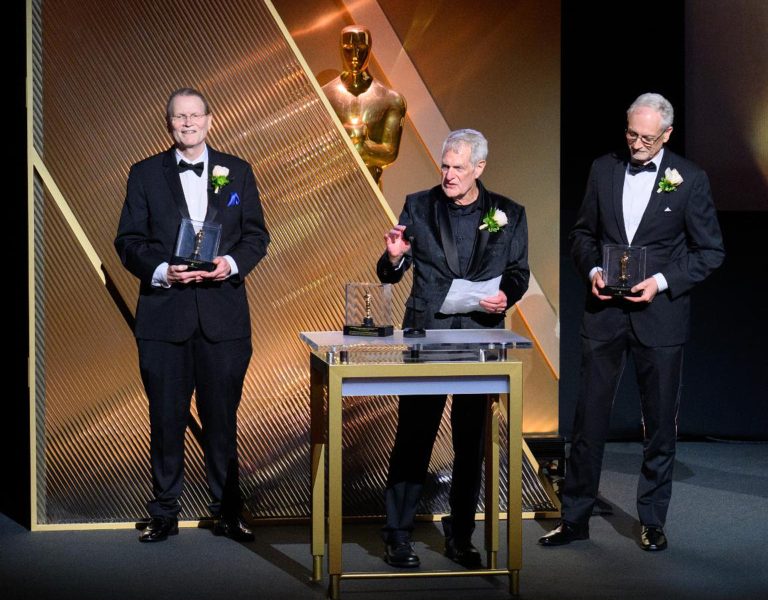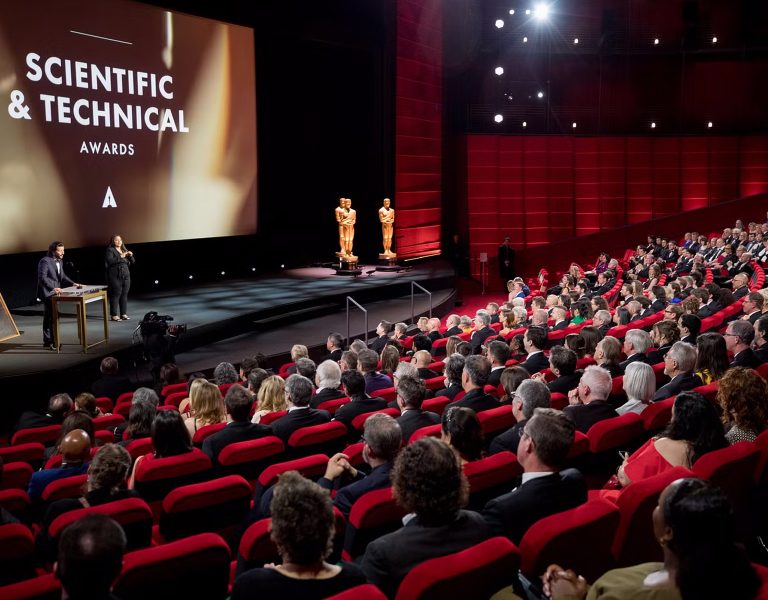
When independent filmmakers Freddie Wong and Matt Arnold approached Bongani Mlambo about their new film, We’re All Gonna Die, the Zimbabwean cinematographer knew it would be a special project.
The film, which would later premier at the 2024 South by Southwest Film Festival, tackles themes of grief, survival, and connection in a world post-large-scale-calamity caused by the appearance of a giant alien spike. Starring a small cast and benefiting from a lean crew and limited production resources, Mlambo relied on an agile double Canon camera body package paired with Zeiss Lightweight Zoom and CP.3 lenses. A ZEISS diopter was added to select sequences to further establish the intimate humanity of the film.
We’re All Gonna Die, as its tongue-in-cheek title suggests, is both a humorous and sensitive analogy for the modern age, where global catastrophe hangs ever present over the monotony of the everyday. Instead of climate change, the doom in the film, often literally on the horizon, is a giant alien spike, that causes unpredictable, moderate-sized disasters across the globe. Main characters paramedic Kai (Jordan Rodrigues) and beekeeper Thalia (Ashly Burch) are brought together when the spike teleports their belongings across several states. The unlikely pair set out on a road trip across the beautifully captured American West to reclaim their stuff.
Mlambo came to the attention of We’re All Gonna Die Executive Producer Ashim Ahuja after participating in Film Independent’s Project Involve. Directors Freddie Wong (Rocket Jump) and Matt Arnold were looking for a cinematographer that could balance practical restraints without losing sight of the creative intent. Confident Mlambo would impress the filmmakers, Ahuja made the introductions. Mlambo recalls, “While talking about their creative vision for the film, Freddie asked me what I thought about shooting on a C300. Apparently, this was the deal breaker question, but I said it made sense for the way we were going to be working with a very tiny crew.” His willingness to embrace a nimble-production approach and quick grasp of their creative sensibilities impressed the duo.
With the core team finalized, the filmmakers jumped into copious pre-production. They decided to use two cameras, an A-Camera body Canon 300 Mark III and a B-Camera body Canon C70. “The C300 has great battery life,” Mlambo explains. “We were out on the road a lot of the time, so we had to consider where we would charge stuff and how we would manage media.”
For lenses, the team opted ZEISS Lightweight Zoom LWZ.3 21-100mm with ZEISS CP.3s prioritizing a set that was cinematic but could also stand up to various outdoor conditions without slowing down production. Mlambo explains the workflow, saying, “We ended up shooting a lot on the zoom because of how quickly we had to move. I had the LWZ.3 lens on the C300 trying to get as much coverage as possible. Meanwhile the C70 mostly used the primes.”
Production literally took the filmmakers on the road, with much of the film shot in unincorporated areas of Utah. Faced with dramatic desert temperature changes, and far from shelter or reliable power sources, the durable camera package was essential to making the shoot work. Fighting to keep the natural light consistent throughout a sequence, both Mlambo and director Wong would frequently cross-cover scenes. “The LWZ.3 surprised us more than anything; it cuts seamlessly with the CP.3s. Having a light camera and with a light zoom lens helped us a lot throughout production.”
The film showcases remarkable coloration, rich in reds and blues that harken back to iconic landscape painters of the 1900s, including Maggiori, cited as one of the filmmaker’s references. Mlambo achieved this look with thoughtful use of stacked filters, including Glimmer Glass and Black Diffusion FX. “I started using that stack because, even though I like the Hollywood Black Magic, that filter can sometimes create this big halo on point sources, which is not always desirable. I wanted to find some other combination that would hold contrast, soften resolution and fine lines, but still give me some halation. Having flexibility to stretch the looks in different directions from a solid base was only possible thanks to the ZEISS lenses.”
Mlambo added a ZEISS diopter for some of the film’s most emotionally charged scenes, including Thalia with her hives and the dramatic third act climax inside the spike. The diopter brings Thalia’s bees into macro-closeness, turning the fuzzy insects into warm, comforting characters. On the opposite end of the warm and fuzzy spectrum, the same diopter creates an “alienating” affect when Kia and Thalia become caught inside the alien spike. “We have this whole sequence in the film where the spike is nearby and its proximity is messing with the light, and you start to imagine gravity and all these other forces being affected. We played with diopters there, getting really close to actors’ faces or putting them at different angles so that it distorted the visual plane.”
We’re All Gonna Die proved a hit at the South by Southwest Film Festival, where audiences connected to the grief and interpersonal humor of the story. “I found myself listening for if people were laughing or crying at the premiere. It was such a nice experience to follow the emotional journey of the crowd and see how they responded to the film.” Reflecting on his experience, Mlambo recalls, “At the indie level, you’re going to have unavoidable restrictions. You have to think realistically for the crew and the equipment. All in all, I am very happy with where we landed.”
